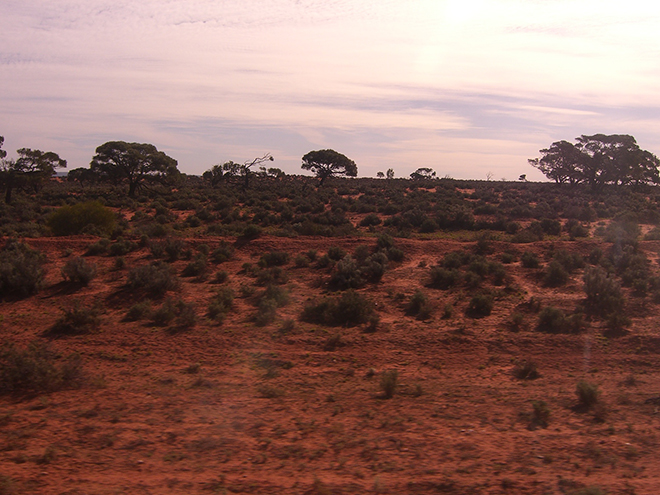Outback schools need more local language aboriginal teachers

It kind of makes sense: Aboriginal teachers who can teach in local languages are essential for remote Indigenous education.
While state and federal policy documents widely present community engagement as important for remote Indigenous education, bilingual or first language education has not been prioritised in recent years.
“One of the main challenges for education systems wanting to pursue first language teaching is finding enough qualified teachers to do this”, said Dr John Guenther of the Batchelor Institute who led research in the area, “but this is exactly why having a well-trained local workforce is so important – local educators not only speak local languages but they know their community.”
Aboriginal education leaders and community members agreed on the importance of identity, parent and community involvement, and language, land and culture. They thought it was important to be “strong in both worlds” – to both deepen connections to local culture and succeed in Australia’s wider education system.
“We believe that our children are happier learning first in their own language. They have more confidence in learning, in themselves and they learn more effectively,” said one local Aboriginal leader.
But non-local leaders’ priorities rarely aligned with those of remote Aboriginal communities. These leaders were most often concerned with systemic issues, such as employment strategies, policy and political contexts, measurable outcomes, workforce development and issues of race and equity.
Guenther said this was due to the demands placed on them by the education system: these non-local leaders grappled with tension between the desires of local communities and the issues they had to report on to education authorities.
“However, non-local leaders, who have grown up with urban expectations of schooling, will naturally be more comfortable working with a system they know well,” said Guenther. “The tension is more acute for local Aboriginal school leaders, who are caught in the middle between these two worlds.”
“If we talk about success, it needs to be holistic, it needs to involve the community,” said one local school leader. “Too often, remote community schools or schools in remote areas set themselves up as islands and they set themselves up as the institution that is going to resolve the issue with Indigenous people when in reality that’s not the case.”
Community members also had priorities which were “not high on the list of important concerns for either non-local leaders or remote Aboriginal leaders”, such as academic outcomes, health and wellbeing and relationships.
Many education leaders at “red dirt” schools are doing a great job, said Guenther, but are placed in a difficult position: “The evidence shown here may suggest that system priorities about what matters and what communities think matters are largely mutually exclusive with very little overlap,” he said.
“Local Aboriginal leaders may act as a bridge or a broker between the two, but there is only so much they can do.”
Guenther and his co-author, Dr Sam Osborne of the University of South Australia, call for action on the one thing that all groups agreed on: the need for first language local Aboriginal educators in schools. “Each group recognised the value of recruiting and training local staff. They were seen as important vehicles for successful education delivery,” said Dr Osborne.
“On the one hand, they can (and do) deliver better outcomes for attendance and academic achievement, and on the other they are a vital source for building aspiration and cultural and educational capacity within communities.”
The authors also suggest several accountability measures that could help bring community and policy priorities closer to alignment, such as employment of local staff, local involvement in school councils and community involvement in schools.
Education leaders in the study included principals, assistant principals, regional directors, union leaders, and bureaucrats with leadership roles in education. Non-local leaders included both Aboriginal and non-Indigenous respondents from outside the remote context.
John Guenther and Samuel Osborne (2018). ‘Red Dirt Education Leaders “Caught in the Middle”: Priorities for Local and Nonlocal Leaders in Remote Schools.’ The Australian Journal of Indigenous Education.